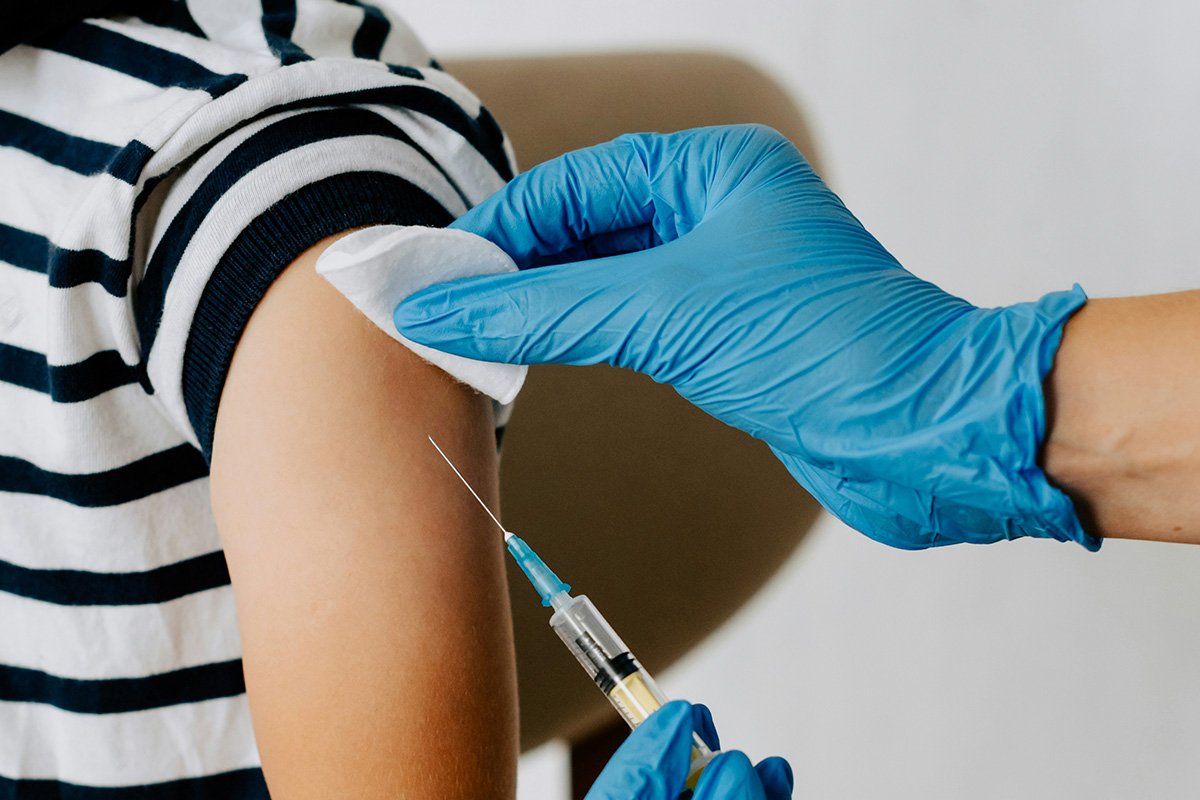
April 11, 2020; CNN
Quick: besides being writers, what do Richard Wright, Zora Neale Hurston, Ralph Ellison, and Saul Bellow have in common?
One answer, notes Ryan Prior for CNN: they were all federal employees during the Great Depression in a program known as the Federal Writers’ Project.
The writers’ program was one of a number of New Deal-era arts and cultural programs. Others, such as the Federal Art Project, the Federal Theatre Project, the Federal Music Project, and the Historical Records Survey collectively employed thousands of artists, theatrical performers, musicians, and historians. Mark Rothko, for example, was among the artists who later achieved fame after a period of employment with the Federal Art Project.
The Federal Writers’ Project itself employed 7,500 Americans from 1935 to 1939, a significant number, but a sliver of the 8.5 million Americans employed through the Work Progress Administration (WPA). It had, however, an outsized cultural influence.
As Prior details:
During her time with the WPA, Hurston used her BA in anthropology to chronicle life histories in the American South. She wrote her classic novel Their Eyes Were Watching God, published in 1937, while doing her WPA-funded field work in Florida.
Ellison’s 1952 classic Invisible Man was drawn from character studies from his time interviewing people during his job on the Federal Writers’ Project in the late 1930s…the Federal Writers’ Project also preserved histories of African American folklore and life that otherwise wouldn’t have been recorded.
Notions of this WPA program have come to light, as the number of unsupported artists in the current pandemic-induced economic shutdown becomes more obvious. As NPQ has covered, arts organizations are mobilizing in unprecedented ways to support artists. And yet the people doing the fundraising recognize that the resources raised are inadequate for the task.
For example, last week, as Prior points out, Deana Haggag, CEO of United States Artists (USA), announced a $10 million collaborative grant program called Artist Relief. USA is working in coalition with six other major arts nonprofits including Academy of American Poets, Artadia, Creative Capital, Foundation for Contemporary Arts, MAP Fund, and the National YoungArts Foundation.
Sign up for our free newsletters
Subscribe to NPQ's newsletters to have our top stories delivered directly to your inbox.
By signing up, you agree to our privacy policy and terms of use, and to receive messages from NPQ and our partners.
The program is offering “$5,000 grants to at least 100 artists per week, from poets to architects to weavers.” The number of applicants: 2,200 in the first three hours. Haggag said she expected 10,000 applications before the end of the first day—in other words, the funds are sufficient to cover less than one percent of applicants.
Haggag tells Prior that she is proud so many organizations signed on to a $10 million program so quickly. But given how few artists could be funded, Haggag concedes that, “Reading these applications is gut-wrenching, it’s absolutely heartbreaking.”
The Coronavirus Aid, Relief, and Economic Security (CARES) Act, passed last month, does provide some support for artists. Prior notes that, “One key provision for artists was the extension of unemployment benefits for independent contractors who file their taxes on the IRS’s 1099 forms. Many independent artists, those likely to be hit hardest by a faltering economy, fit into that tax category and are thereby eligible for benefits.”
Nonetheless, many of the arts are extremely vulnerable to distancing guidelines. Jamie Bennett, the executive director of the non-profit ArtPlace America, notes that, “The vast majority of arts and culture is consumed in person with other people,” and that large crowds are likely to be prohibited for a long time after “shelter in place” orders are lifted.
Could the federal government employ artists again, as it did nearly a century ago?
David A. Taylor, who wrote Soul of a People: The WPA Writers’ Project Uncovers Depression America, observes, “The National Endowment for the Arts [NEA] didn’t exist in the 1930s. We don’t have to start from scratch like the Federal Writers’ Project did.”
Were such a program to be put in place, its structure would surely have more in common with the NEA than its WPA predecessor. Bennett suggests that community development block grants could be used to support agencies and organizations that employ artists in projects ranging from community to public health campaigns.
In times of collective trauma, such as the current global pandemic and shutdown, artists play an important role in helping people make sense of their experience, Prior notes.
“Art reminds you that you belong to others and helps you build an identity based on shared community,” Haggag tells Prior.
Bennett makes a similar observation. As Bennett puts it, “One of the things I find fascinating about the human condition is that under any circumstances, human beings will create. We haven’t yet discovered conditions by which they stop being creative.”—Steve Dubb











